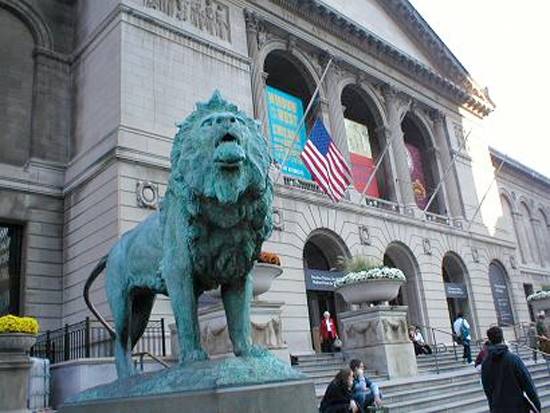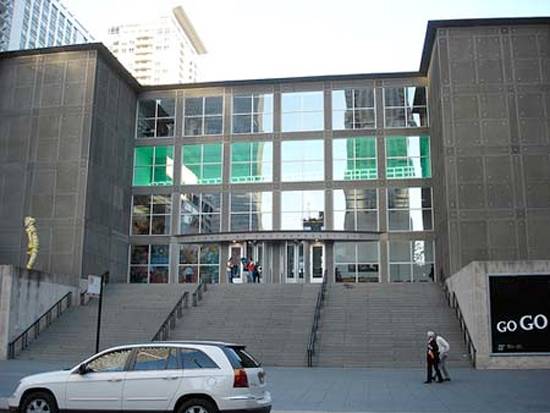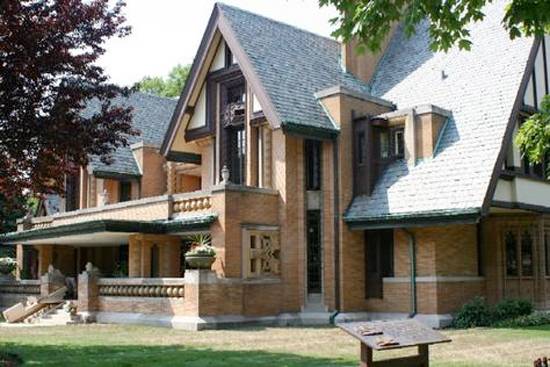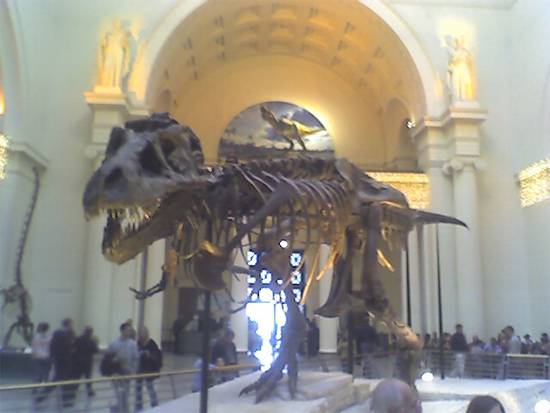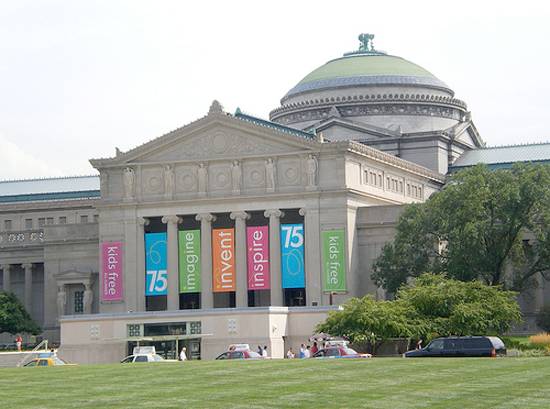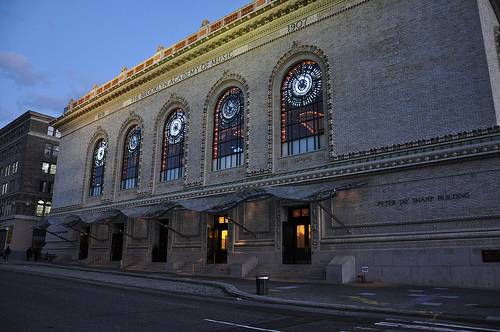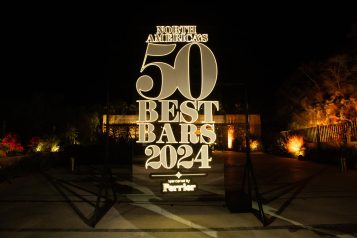As one of the best cities in the world (maybe I’m biased), and a cultural mecca of restaurants, bars, and must-see attractions, trying to narrow down Chicago’s cultural institutions to just a top 5 does such a rich city an injustice. But here they are, in no particular order, your must-hit spots that make Chicago, Chicago.
The Art Institute of Chicago
The Art Institute of Chicago was founded in 1879 as both a museum and school. Built on rubble from the 1871 Chicago fire, the museum housed a collection of plaster casts and had a visionary purpose: to acquire and exhibit art of all kinds and to conduct programs of education. The collection now encompasses more than 5,000 years of human expression from cultures around the world, and the school’s graduate program is continually ranked as one of the best in the country.
The Art Institute of Chicago, 111 S. Michigan Ave.
Museum of Contemporary Art
One of the nation’s largest facilities devoted to the art of our time, the Museum of Contemporary Art (MCA), located in the heart of downtown Chicago, offers exhibitions of the most thought-provoking art created since 1945. The MCA documents contemporary visual culture through painting, sculpture, photography, video and film, and performance.
Museum of Contemporary Art, 220 E. Chicago Ave.
Frank Lloyd Wright Home and Studio
More than 100 years ago, Frank Lloyd Wright sparked an architectural revolution with the opening of his Oak Park studio. Now open to the public as an historic house museum, the building has been restored to its 1909 appearance, the last year Wright lived and worked on the property. The restoration project involved some 30 architects and other design professionals, 80 contractors, craftsmen and major suppliers, more than 350 individuals from the building industry, the support of 100 board members, 50 staff members, in excess of 1,000 volunteers, and the financial contributions of more than 300,000 visitors, members and other donors since 1974. In 1987, the American Institute of Architects recognized this exemplary restoration effort with a prestigious National Honor award.
Frank Lloyd Wright Home and Studio, 951 Chicago Ave., Oak Park.
Field Museum of Natural History
The Field Museum was incorporated in the State of Illinois on September 16, 1893 as the Columbian Museum of Chicago with its purpose the “accumulation and dissemination of knowledge, and the preservation and exhibition of objects illustrating art, archaeology, science and history.” In 1905, the Museum’s name was changed to Field Museum of Natural History to honor the Museum’s first major benefactor, Marshall Field. In 1921, the Museum moved from its original location in Jackson Park to its present site on Chicago Park District property near downtown where it is part of a lakefront Museum Campus that includes the John G. Shedd Aquarium and the Adler Planetarium. These three institutions are regarded as among the finest of their kind in the world and together attract more visits annually than any comparable site in Chicago. The Field Museum was founded to house the biological and anthropological collections assembled for the World’s Columbian Exposition of 1893. These objects form the core of the Museum’s collections which have grown through worldwide expeditions, exchange, purchase, and gifts to more than twenty million specimens. The collections form the foundation of the Museum’s exhibition, research and education programs, which are further informed by a world-class natural history library of more than 250,000 volumes.
The Field Museum, 1400 S Lake Shore Dr.
Museum of Science and Industry
Chicago’s Museum of Science and Industry, one of the largest science museums in the world, is home to more than 35,000 artifacts and nearly 14 acres of hands-on exhibits designed to spark scientific inquiry and creativity. Current exhibits include Smart Homes: Green + Wired, YOU! The Experience, an interactive showcase between the human mind, body and spirit; Science Storms, the physics and chemistry of natural phenomena, such as tornados and avalanches; plus the Omnimax theatre.
The Museum of Science and Industry, 5700 S. Lake Shore Dr.







